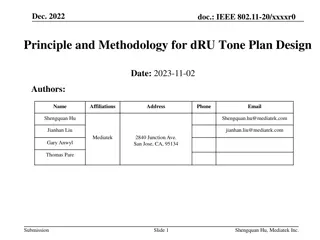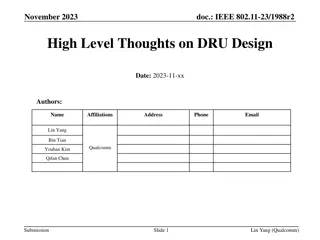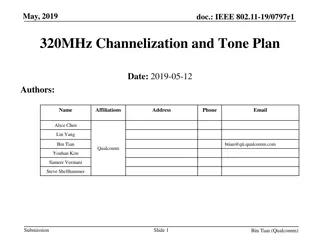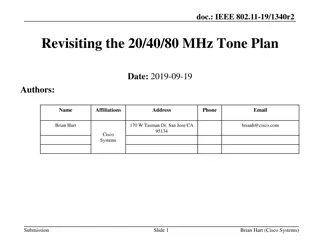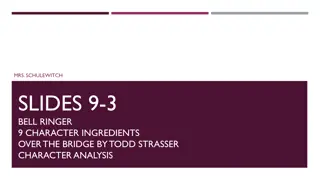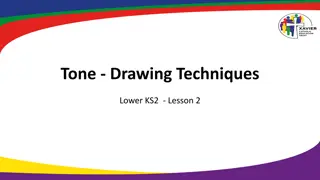
Tone in Writing: Strategies for Interpretation
Learn how to identify and interpret the tone of a passage by starting with the basic tone - positive, negative, or neutral. Discover tips and techniques to uncover the author's attitude and make informed choices based on the tone revealed.
Uploaded on | 0 Views
Download Presentation

Please find below an Image/Link to download the presentation.
The content on the website is provided AS IS for your information and personal use only. It may not be sold, licensed, or shared on other websites without obtaining consent from the author. If you encounter any issues during the download, it is possible that the publisher has removed the file from their server.
You are allowed to download the files provided on this website for personal or commercial use, subject to the condition that they are used lawfully. All files are the property of their respective owners.
The content on the website is provided AS IS for your information and personal use only. It may not be sold, licensed, or shared on other websites without obtaining consent from the author.
E N D
Presentation Transcript
TONE ATTACK STRATEGY
TONE: authors (or speakers) attitude toward or opinion about a subject matter. TONE= non-committal TONE= anticipatory TONE= accusatory
What do you do when you arent sure of the tone of a passage? 1. Start by identifying the BASIC tone; is it positive, negative, or neutral? Often you feel you ve done nothing when you ve actually done a lot. That s because what you did do seemed beneath notice it was so small that it didn t count. But it did just as each stitch counts toward a finished dress, each brick or nail toward a house you can live in, each mistake toward knowing how to do things right.
What do you do when you arent sure of the tone of a passage? 1. Start by identifying the BASIC tone; is it positive, negative, or neutral? Often you feel you ve done nothing when you ve actually done a lot. That s because what you did do seemed beneath notice it was so small that it didn t count. But it did just as each stitch counts toward a finished dress, each brick or nail toward a house you can live in, each mistake toward knowing how to do things right.
What do you do when you arent sure of the tone of a passage? 1. Start by identifying the BASIC tone; is it positive, negative, or neutral? Often you feel you ve done nothing when you ve actually done a lot. That s because what you did do seemed beneath notice it was so small that it didn t count. But it did just as each stitch counts toward a finished dress, each brick or nail toward a house you can live in, each mistake toward knowing how to do things right. TONE=positive
What do you do when you arent sure of the tone of a passage? 1. 2. Look at the answer choices; which ones reflect a positive, negative, or neutral tone? Start by identifying the BASIC tone; is it positive, negative, or neutral? Since you already noted that the passage had a positive tone, then you can eliminate choices A and D. So, your positive tone choices left allow you to make your best guess. A) Hesitant B) Encouraging C) Amused D) Condescending - - - - negative positive positive negative
Answer= B. Encouraging Often you feel you ve done nothing when you ve actually done a lot. That s because what you did do seemed beneath notice it was so small that it didn t count. But it did just as each stitch counts toward a finished dress, each brick or nail toward a house you can live in, each mistake toward knowing how to do things right.
Practice: DIRECTIONS: 1.Label each passage: positive, negative, or neutral tone. 2.Then, label each answer choice with +, -, or n. 3.Narrow down choices, and circle the letter of the word that most clearly expresses the tone in each passage. 4.Lastly, highlight 2 clues in the passage that led you to your choice.


